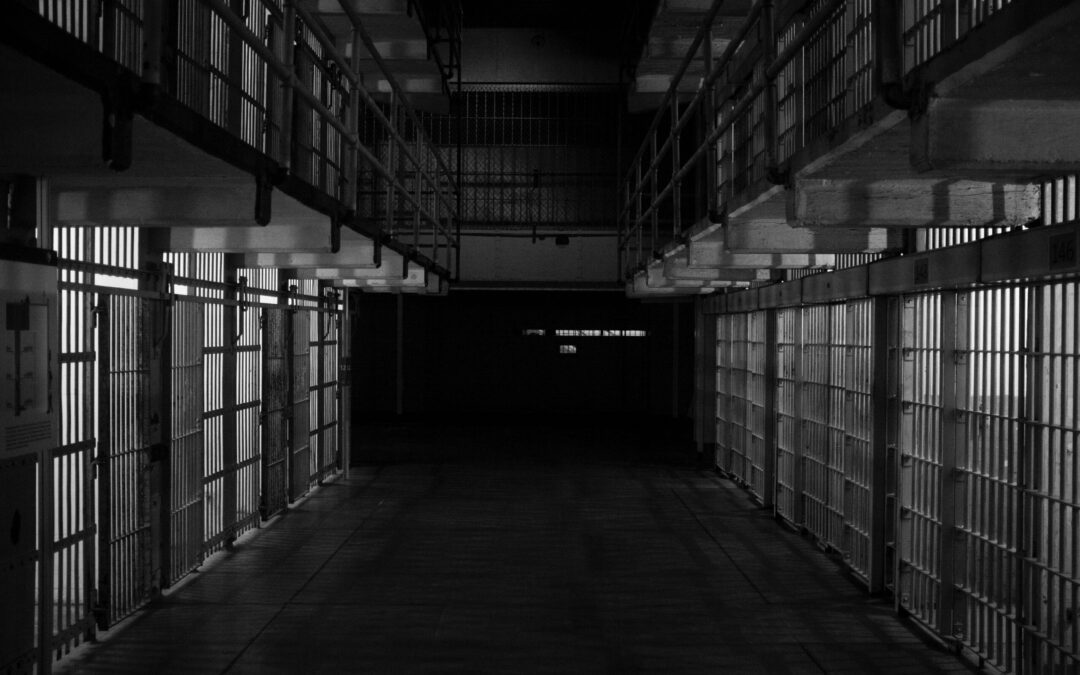According to Mental Health America, 1.2 million individuals living with mental illness sit in jail and prison every year. Serious mental illness has become so prevalent in U.S. jails and prisons that they are commonly referred to as “the new asylums.” Right here in Los Angeles, Twin Towers Correctional Facility is home to 1,400 inmates with mental illness and is considered the largest mental institution in the country.
How Did We Get Here?
So, how did the U.S. get to a point where more individuals with severe mental illness are behind bars rather than treated in their communities or hospitalized?
Until the 1970s, people with severe mental illness were usually treated in public psychiatric hospitals, known then as asylums. A social movement calling for the deinstitutionalization of mental illness advocated for freeing patients from these overcrowded and often inhumane hospital settings in favor of community-based treatment solutions.
However, when this movement was passed and the majority of public psychiatric institutions across the country were shut down, the federal government did not provide sufficient ongoing funding for community programs. As a result, hundreds of thousands of individuals with mental illness were released into communities that lacked the necessary resources to support them, and many were funneled into incarceration: a phenomenon known as transinstitutionalization.
[Related: Mental Illness In America’s Jails And Prisons: Toward A Public Safety/Public Health Model]

by Hoshino Ai on Unsplash
Prisons: The New Asylums
Without the proper community-based mental health solutions, prisons and jails have become a “dumping ground” for individuals with severe mental illness, many of whom have been inappropriately locked up after committing minor offenses.
Inmates with mental illnesses also tend to remain in jail longer than other inmates, often due to an inability to understand or follow rules. According to the Treatment Advocacy Center,
“In one study, jail inmates were twice as likely (19% versus 9%) to be charged with facility rule violations. In another study, in Washington state prisons, mentally ill inmates accounted for 41% of infractions even though they constituted only 19% of the prison population.”
Once individuals are incarcerated, the excessively punitive rules and regulations inside of most American prisons only serve to exacerbate existing mental health issues. Overcrowding, violence, lack of meaningful activity, isolation and enforced solitude, and insecurity about future prospects such as work and relationships, on top of inadequate physical and mental health services, are all factors that can make inmates’ mental illness even worse.
What Can Be Done?

by Hédi Benyounes
Divert Away from Incarceration
According to a 2015 study by The Sentencing Project, there is a direct correlation between states with less access to mental health care and high rates of incarceration. In order to prevent the widespread incarceration of people with severe mental illness, we must create and fund comprehensive community-based mental health solutions in all communities, especially in states with the highest incarceration rates.
While diversion programs such as mental health courts or drug courts are becoming more widespread, these programs rely on individuals to first plead guilty to a crime and be subject to incarceration. “Pre-booking” diversion programs that work in collaboration with mental health and substance abuse providers can help support individuals instead of criminalizing their mental health, focusing on treatment rather than punitive measures.
Provide Mental Health Care to Inmates
According to the World Health Organization, addressing the mental health needs of inmates improves the health and quality of life of both prisoners with mental disorders and of the prison population as a whole. Inmates with mental illness both need and deserve appropriate mental health treatment and care while they are incarcerated so that they may have the opportunity to stabilize prior to their release. Prisoners requiring more acute psychiatric care should also have access to general hospital psychiatric departments when needed.
Advocate for Less Punitive Practices
Inmates with mental health needs deserve to be treated with dignity and protected by the same human rights measures as anyone else. According to the World Health Organization,
“Mental health legislation can be a powerful tool to protect the rights of people with a mental disorder, including prisoners, yet in many countries mental health laws are outdated and fail to address the mental health needs of the prison population. The development of legal provisions that address these needs can help to promote the rights of prisoners, including the right to quality treatment and care, to refuse treatment, to appeal decisions of involuntary treatment, to confidentiality, to protection from discrimination and violence, and to protection from torture and other cruel, inhuman and degrading treatment.”
Additional Resources
PBS documentary “The New Asylums”
https://www.pbs.org/wgbh/frontline/film/showsasylums/

